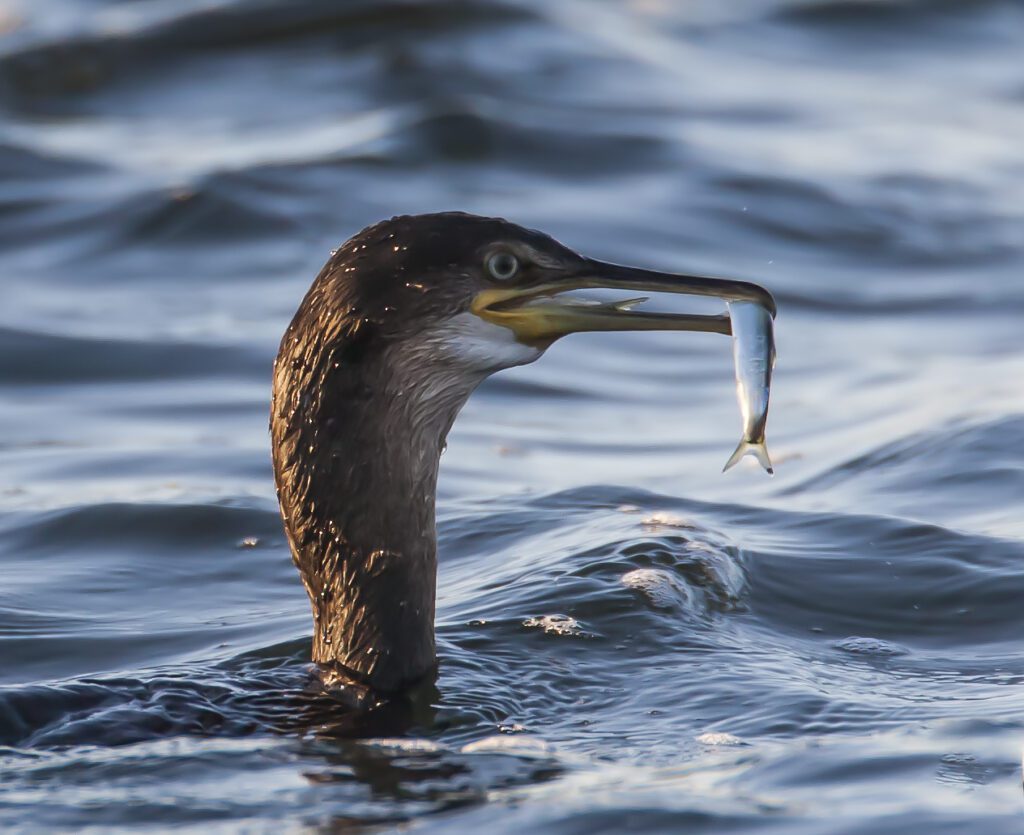Chase the sun or catch prey in twilight?
In a study on colonies in Great Britain, Iceland and Norway, researchers used geolocators to reveal that European shags adopt various strategies to handle the winter darkness.
Solid data material
Species breeding at high latitudes face a significant challenge of surviving the winter. Such conditions are particularly severe for diurnal marine endotherms such as seabirds. A critical question is therefore what behavioural strategies such species adopt to maximise survival probability. An international group of researchers tested three hypotheses: (1) the birds migrate to lower latitudes to exploit longer day length (‘sun-chasing’), (2) they forage at night (‘night-feeding’), or (3) they target high-quality food patches to minimise foraging time (‘feasting’). The study focused on the winter migration and foraging strategies of European shags from six colonies across a latitudinal gradient from 56 to 70°N using geolocators deployed over 11 winters.
Dive for food in twilight
The researchers found evidence for ‘sun-chasing’, whereby average southerly movements were greatest from colonies at higher latitudes. However, some individuals from higher latitudes remained resident in winter in the absence of full daylight. They foraged during the midday twilight and only very occasionally during the night. At lower latitudes, there was little evidence that individuals migrated south, nocturnal feeding was absent, and twilight feeding was infrequent, suggesting that there was sufficient daylight in winter. There was no evidence that less time was spent foraging at higher latitudes, as predicted by the ‘feasting’ hypothesis. The results suggest that shags adopt different behavioural strategies to survive the winter across their latitudinal range, dictated by the differing light constraints. The study highlights the value of multi-colony studies in testing key hypotheses to explain population persistence in seabird species that occur over large latitudinal ranges.
Read the article:
Contact person: Børge Moe, NINA

